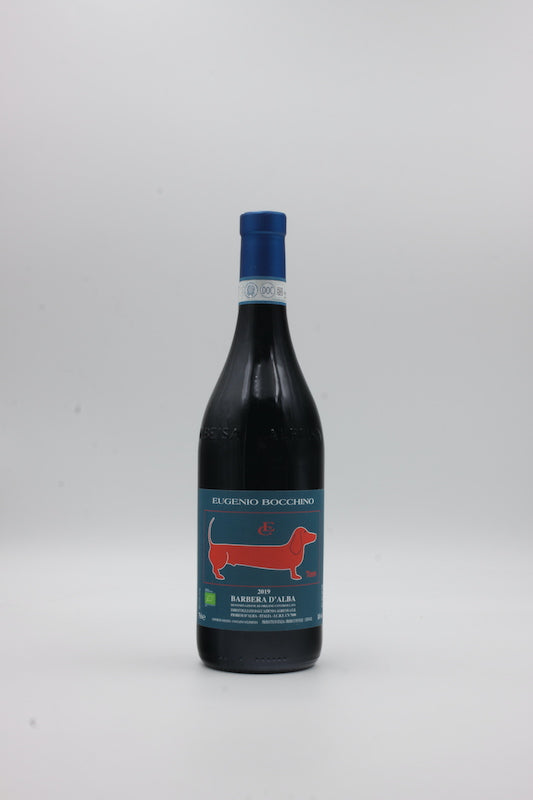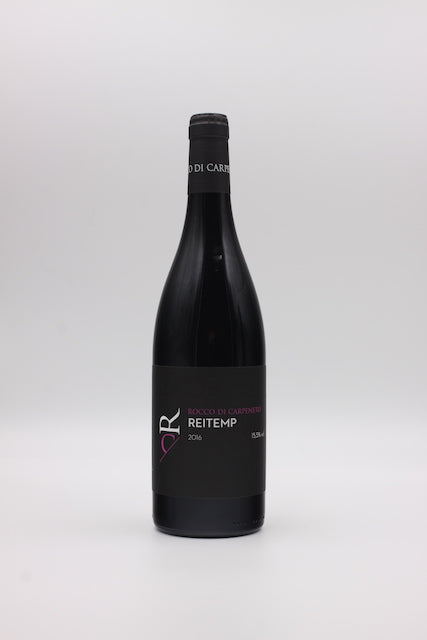Free shipping within Austria from € 99
Free shipping to Germany from € 120
Shipping costs within the EU
Payment methods
Introducing Piedmont

Piedmont is located in the far northwest of Italy and forms the political and topographical framework for some of the country's finest wine-growing enclaves. To this day, Piedmont is characterized by rural structures, which manifest in often idiosyncratic, local, and sometimes deeply traditional approaches and grape varieties. Unlike Tuscany, international grape varieties have never taken hold in Piedmont, and trends and fashions have had a harder time gaining traction. A decisive factor for this has certainly been that nowhere else in Italy is wine produced at such a consistently high average level (with the existing grape varieties). This factor has been further enhanced by a steadily growing number of natural wine producers.
The undisputed heart of Piedmont is the Langhe, and at its center is Barolo. The region exhibits many parallels with Burgundy. Nowhere else in Italy is there such a strong emphasis on individual vineyard sites, whose foundations—like in Burgundy—are based on ancient marine deposits and thus often rich in limestone. The climate, like the rest of Piedmont, is continental, with potential Mediterranean influences finding their natural barrier in the Ligurian Maritime Alps. The conditions are therefore cooler, and the ripening periods are longer than in most other Italian regions. This, combined with the geological conditions, provides ideal natural prerequisites for the region's most important grape variety, Nebbiolo. The most successful interpretations of this variety undoubtedly rank among the best wines in the world. While one should exercise patience for truly good Barolo, one is rewarded with elegance, subtlety, dynamism, liveliness, drinking flow, and an astonishing spectrum of aromas.
However, Nebbiolo not only forms the basis for the great wines of the Langhe but is also found in the much less well-known, yet equally exciting, northern part of Piedmont. Those who venture off the beaten path and head towards Ghemme, Carema, Gattinara, Bramaterra, Coste della Sesia, or Lessona will repeatedly encounter variations of the variety that evoke similar associations but still have their own unique stories to tell. The influence of the Alps becomes increasingly noticeable the further north one goes. Beyond Nebbiolo, other grape varieties in the north are also worth trying if one stumbles upon them. Vespolina and Croatina usually serve as blending partners for Nebbiolo but also produce excellent wines in their rare single-variety versions. The white wine regions are not quite as exciting, although it is a shame that the Erbaluce grape variety is allocated so little area—a small appellation of its own in Caluso (near Turin) does not really make it significant.
Further south, in Monferrato, the grape varieties change once again. Nebbiolo is rarely found here; Barbera, Dolcetto, and Moscato set the pace, while marginalized varieties like Freisa and Cortese celebrate small renaissances. Experimental winemakers like Guido Zampaglione from Tenuta Grillo or Lidia Carbonetti and Paolo Baretta from Rocco di Carpeneto are largely responsible for this. They exploit the full potential of the region and its grape varieties, often bringing forgotten flavor profiles into the spotlight. Both wineries work organically, as do many others in the region, and refrain from unnecessary interventions in the cellar.
Finally, there is the region and grape variety that are slowly but surely positioning Piedmont at the forefront of Italy's white wine map. In the Colli Tortonesi, Daniele Ricci and a handful of winemakers are producing increasingly impressive wines from Timorasso. While aromatically reserved, Timorasso translates its surroundings, soils, climate, and, of course, the intentions of the winemakers like no other variety.























